Waste Sorting With Tinyml
About the project
Waste management on your campus with advanced AI-powered waste sorting system, promoting sustainability and inclusivity.
Project info
Difficulty: Expert
Platforms: Arduino, DFRobot, Edge Impulse
Estimated time: 3 days
License: Apache License 2.0 (Apache-2.0)
Items used in this project
Hardware components
Story
Welcome to the bustling campus, where the pursuit of knowledge and growth is at the forefront. However, with the continuous flow of activities, events, and daily life, an inevitable byproduct emerges: waste. The sheer volume of waste generated within a campus can be staggering, ranging from paper and plastic to food waste and recyclables. This presents a pressing challenge that demands a sustainable solution.
Enter the concept of waste sorting at its source, a practice that holds immense importance in creating a greener, more environmentally conscious campus. By sorting waste at the point of disposal, we lay the foundation for effective waste management and promote responsible habits among students, staff, and faculty. This simple yet powerful act has a far-reaching impact on our campus community and the world beyond.
When waste is sorted at its source, it streamlines the entire waste management process. Instead of relying solely on centralized sorting facilities, individuals take an active role in determining the fate of their waste. By having clear and distinct bins for different types of waste—recyclables, compostables, and non-recyclables—students and faculty can make informed decisions and divert waste to the appropriate channels. This not only reduces the burden on waste management infrastructure but also minimizes contamination and increases the efficiency of recycling and composting processes.
Waste classification can be a complex and confusing task, especially for young students and individuals with cognitive disabilities. The wide array of materials and the different criteria for sorting can easily overwhelm and create uncertainty. The diverse characteristics of waste, such as distinguishing between recyclables, compostables, and non-recyclables, may pose challenges in decision-making and understanding the environmental implications. For young students who are still developing their knowledge and cognitive abilities, the intricacies of waste classification may be even more daunting. Similarly, individuals with cognitive disabilities may face difficulties in processing information, interpreting visual cues, and comprehending the guidelines for waste sorting. These challenges can lead to feelings of doubt, hesitation, and exclusion, hindering their active participation in sustainable practices.
Picture a campus buzzing with vibrant energy, where young students and individuals with cognitive disabilities are empowered to make a meaningful impact on their surroundings. Our camera-enabled AI device revolutionizes waste disposal, enhancing accessibility, fostering inclusion, and transforming the very fabric of campus life.
At the heart of this innovative solution lies the concept of sorting waste at its source. We understand that the choices we make today shape the world of tomorrow, and with our device, we empower the next generation to become guardians of our planet. By seamlessly classifying waste through the lens of our advanced AI, students are guided to place their waste in the right bin, effortlessly participating in the global movement towards sustainable practices.
Imagine the possibilities within a campus setting where our waste sorting system provides immense benefits. Not only does it simplify and expedite the process for young students, but it also enhances accessibility for individuals with disabilities. By removing barriers and uncertainty surrounding waste disposal, we foster a more inclusive and diverse campus environment. Students with cognitive disabilities or other challenges are no longer left feeling unsure or left out when it comes to proper waste sorting. Instead, they are empowered to actively participate in sustainable practices, contributing to a shared vision of environmental stewardship.
Moreover, our waste sorting system fosters a sense of community and engagement among students. By creating a consistent and efficient waste management process, it encourages collective responsibility and teamwork. Students are encouraged to collaborate, educate one another, and work together towards a common goal of reducing waste and minimizing environmental impact. This shared sense of purpose and engagement not only strengthens the bond between students but also enhances the overall student experience, creating a vibrant and sustainable campus community. It creates an environment where everyone feels valued, included, and empowered to contribute their share to the sustainable revolution.
The impact of our waste sorting system reaches far beyond its immediate function. It ignites a spark within students, propelling them towards a future where they champion environmental causes, bring about innovative solutions, and become catalysts for change in their communities. It nurtures a generation that embraces diversity, celebrates inclusion, and leads by example, creating a more harmonious and sustainable world.
Demo
Hardware
1.ESP32 CAM
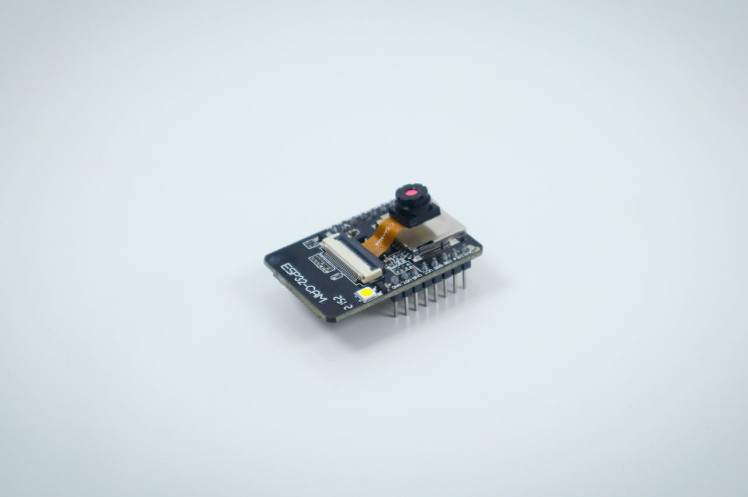
The ESP32-CAM is a versatile development module that combines an ESP32 microcontroller with a camera module, offering various capabilities for object detection and more. With its built-in camera based on the OV2640 sensor, it can capture images up to 2 megapixels, providing high-resolution visuals for object detection tasks.
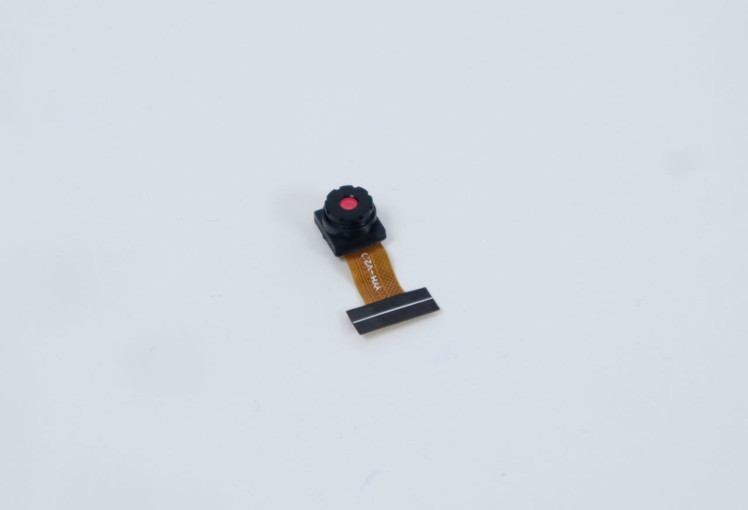
Its powerful microcontroller with its dual-core processor and Wi-Fi connectivity enables real-time image processing and communication with other devices or servers. By utilizing machine learning algorithms, such as TensorFlow Lite, the ESP32-CAM can detect objects, allowing it to identify and classify objects in images or video streams. Its compatibility with the Arduino ecosystem makes it easier to program and integrate with existing libraries and examples, simplifying the implementation of object detection projects. With its compact size and customizable firmware, the ESP32-CAM offers a flexible and accessible solution for various object detection applications, including surveillance, automation, and IoT systems.
Unlike some other development boards, the ESP32-CAM does not have a built-in programmer. To upload code to the ESP32-CAM module and connect it to your computer, you will need an FTDI programmer. FTDI stands for Future Technology Devices International and is a popular brand of USB-to-serial converter chips. The FTDI programmer acts as a bridge between the computer's USB port and the UART (serial communication) interface of the ESP32-CAM module.
FTDI Programmer
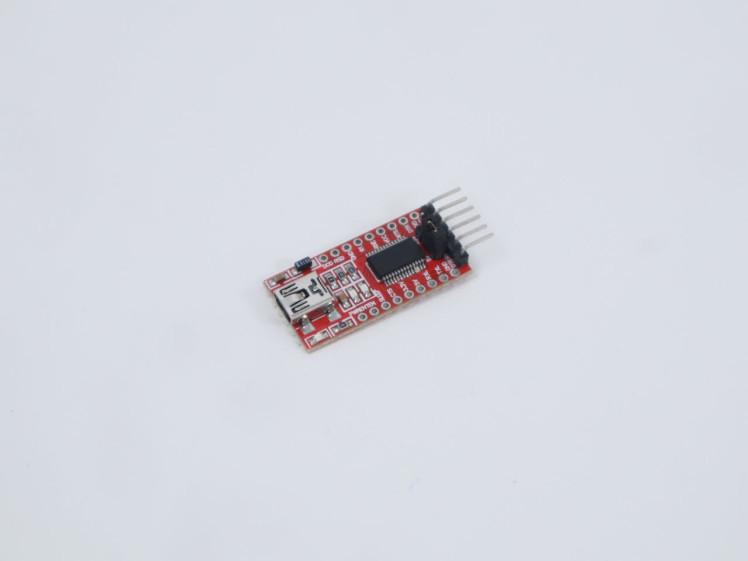
By using the FTDI programmer, you can establish a serial connection with the ESP32-CAM and upload your code or firmware to the module. The FTDI programmer typically connects to the ESP32-CAM's UART pins, providing a communication channel between your computer and the module. This allows you to program the ESP32-CAM and also monitor the serial output for debugging purposes.
To upload code to the ESP32-CAM the following circuit is used.
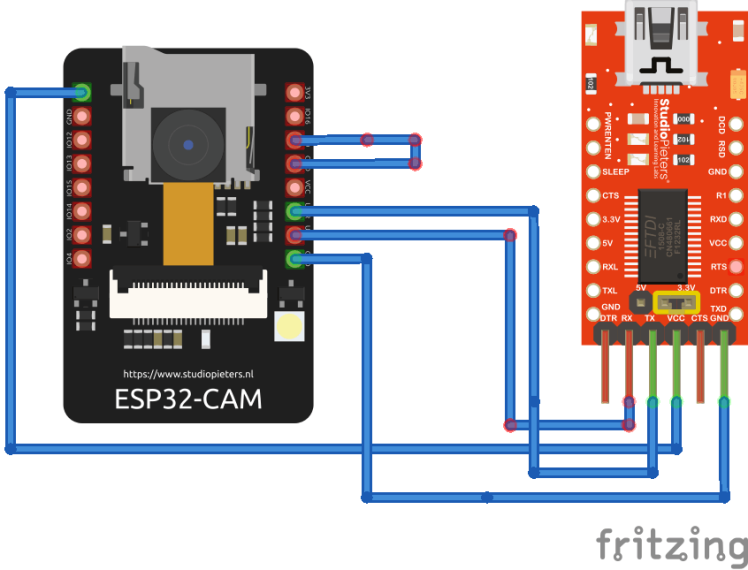
For a comprehensive guide follow this.


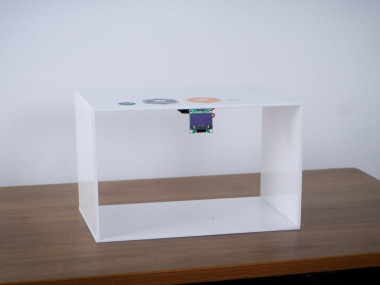


















Leave your feedback...